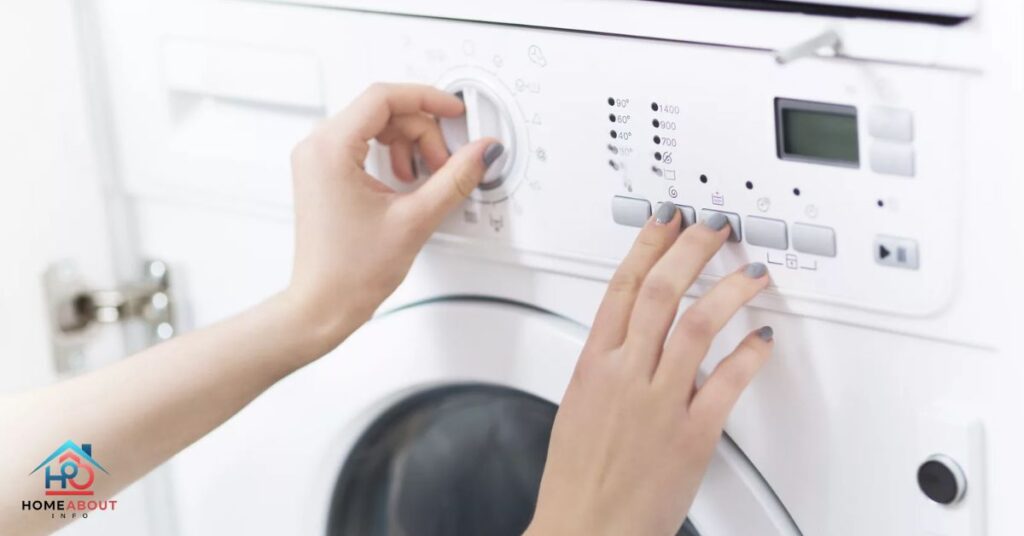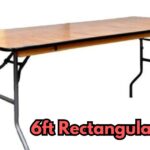It is a quick and essential guide for homeowners. When faced with leaks or plumbing issues. knowing how to stop the water flow can prevent significant damage. This concise manual offers step-by-step instructions for shutting off water to key areas.
Like the main supply, hot water heater, toilet, and washing machine, with clear directions and simple language. This guide ensures that even those unfamiliar with plumbing can take action confidently .Whether it’s turning off the main water valve or shutting down individual appliances.
These easy-to-follow steps empower homeowners to tackle emergencies effectively. By understanding these procedures in advance, homeowners can safeguard their property and belongings from water damage.
How to Shut Off the Main Water Supply
To shut off the main water supply, locate the valve near your front flowerbed or by the street. Then turn it clockwise to stop the flow of water and prevent potential leaks or damage.
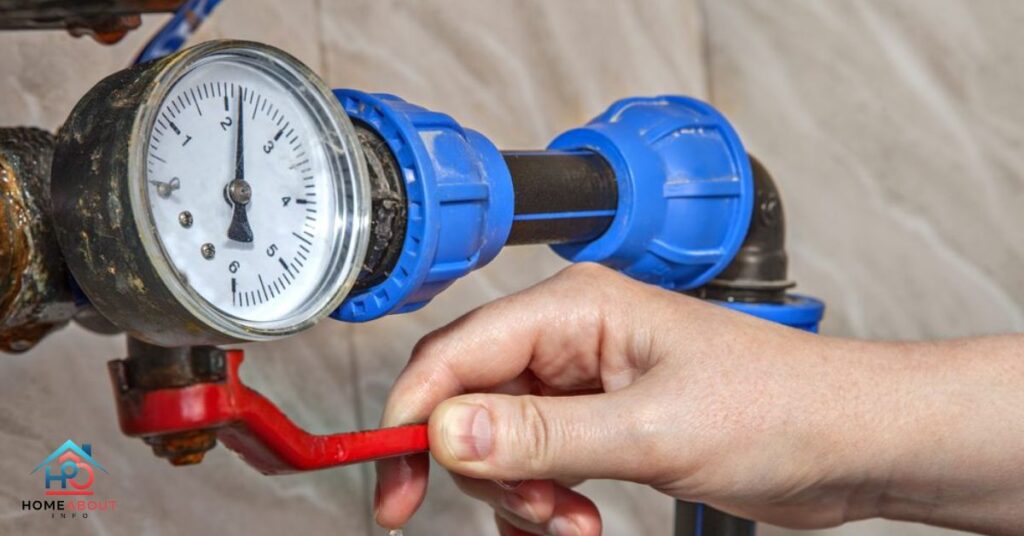
First, locate the main valve outside your home or in your front flowerbed. Turn the valve clockwise until it’s completely closed. This stops water flow into your house. Remember to open an external faucet to release any built-up pressure.
If you can’t find the main valve, call a plumber for assistance. It’s crucial to know its location beforehand to avoid delays during emergencies. Learning to shut off the main water supply helps prevent water damage and makes repairs safer and more manageable.
Turn Off the Main Water Valve
- Locate the main water valve: Find it near your front flowerbed or by the street. Look for a valve box or a cover labeled “water main” or “main shut off.”
- Access the valve: You may need a street key to open the valve box. Ensure you have the necessary tools to reach and operate the valve.
- Turn the valve clockwise: Twist the valve handle or wheel in a clockwise direction. This action shuts off the flow of water from the main supply line into your home.
- Use sufficient force if needed: In some cases, a wrench may be required for leverage. Apply gentle but firm pressure to ensure the valve is fully closed.
- Check for water flow: Open a faucet inside or outside to confirm water has stopped. This step helps to release any remaining pressure in the pipes.
Read this blog : homeaboutinfo.com/day-out-in-lewisville/
Turn Off Water at the Homeowner Shutoff
- Locate the Homeowner Shutoff Valve: Find the valve near your front flowerbed or property perimeter.
- Turn the Valve Clockwise: Twist the valve handle in a clockwise direction to shut off water flow.
- Complete Shutdown: Keep turning until the valve is fully closed to prevent any water leakage.
- Pressure Relief: Open a faucet indoors to release any remaining water pressure in the system.
- Maintenance Reminder: Regularly check and ensure the homeowner shutoff valve is operational to prevent potential emergencies.
- Seek Professional Help: If the valve is difficult to turn or shows signs of damage, contact a plumber for inspection and repairs.
How to Turn Off the Hot Water Heater
To turn off a hot water heater, first, ensure electricity or gas supply is switched off for safety. Then, locate the valve at the top of the heater and turn it clockwise to stop water flow. Finally, drain any remaining water from the tank to prevent potential leaks or damage.
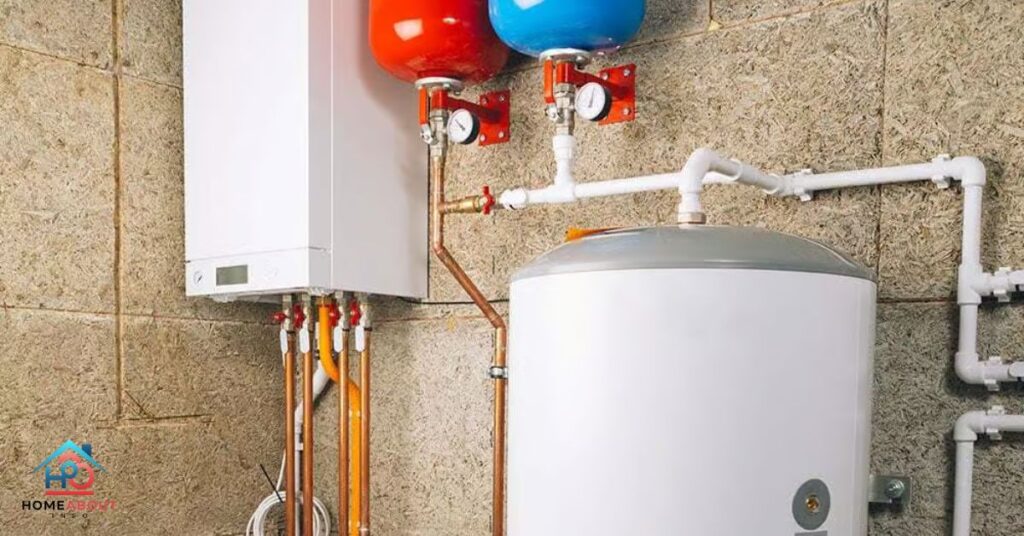
Step 1:Turn off the Gas or Electricity
To ensure safety, switch off the gas or electricity supply to the water heater. This prevents accidents and allows for safe handling during repairs or maintenance.
For an electric water heater: Locate the breaker for the water heater on your circuit breaker panel. If unsure, test each breaker until you find the one for the water heater. Toggle the breaker switch to the “off” position to cut power to the water heater safely. Always ensure the electricity is off.
For a gas water heater: Locate the thermostat knob usually found at the lower part of the appliance.Turn the thermostat knob clockwise until it reaches the “off” position.This action cuts off the gas supply to the water heater, ensuring safety during repairs or maintenance
Step 2: Turn Off the Water
In this follow to these instructions.
- Locate the Water Heater Valve: Find the handle on the incoming water line atop the water heater.
- Twist Clockwise: Turn the valve handle clockwise until it stops to shut off the water supply.
- Stop Water Flow: By closing this valve, you prevent further water from entering the water heater.
- Prevent Damage: Shutting off the water helps avoid leaks and potential damage to the appliance and surrounding area.
- Ensure Safety: This step is crucial for safety, especially during repairs or maintenance tasks.
- Control Water Usage: Stopping the water flow conserves water and prevents wastage while repairs are underway.
Step 3: Drain the Water
- Get a water hose: Prepare a hose to facilitate draining water from the heater tank.
- Connect to drain faucet: Attach the hose securely to the drain faucet located at the bottom of the water heater.
- Point hose away: Direct the hose towards a safe drainage area, such as a bathtub or outside.
- Avoid injury: Ensure the hose end is positioned lower than the heater to prevent any potential injury from hot or rusty water.
- Open drain faucet: Allow water to drain out by opening the drain faucet on the water heater.
- Relieve suction: Open a hot water faucet in the house to aid in draining by relieving suction on the line.
How to Shut Off Water to Your Toilet
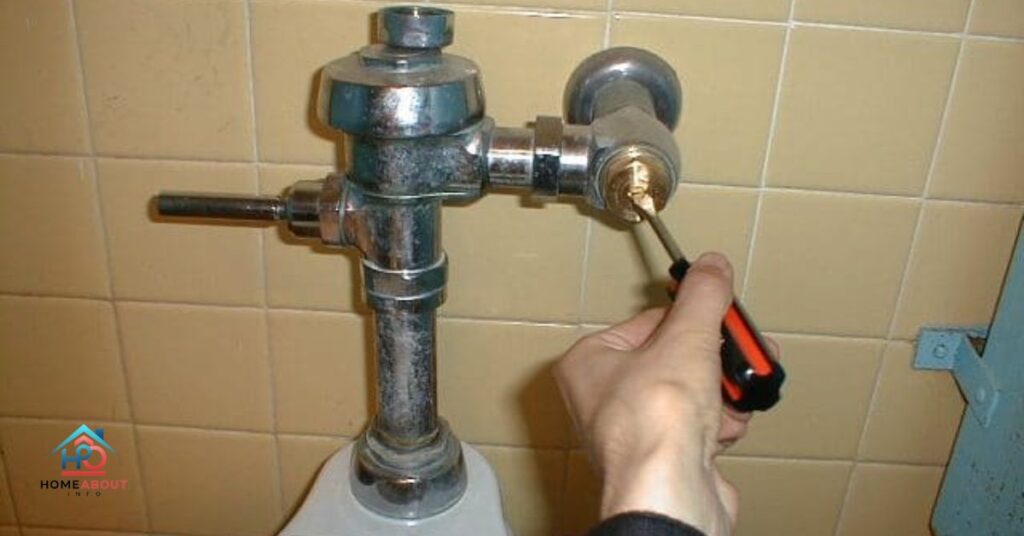
If your toilet is causing trouble, you might need to shut off the water. It’s a simple process that anyone can do. First, locate the stop valve behind your toilet. It’s usually near the bottom and behind the toilet bowl. Then, turn the valve clockwise to shut off the water flow. If it’s tough to turn, use gloves or pliers for better grip.
Turning off the water to your toilet is essential in emergencies. Whether it’s an overflowing toilet or a repair job, shutting off the water stops further damage. Remember, safety first—always wear gloves if needed. With a few quick steps, you can handle toilet water issues like a pro!
How to Shut Off Washing Machine Water Lines
Locate the two water shut-off valves behind your washing machine – one for hot water and one for cold. Turn the valves clockwise to shut off the water supply. If valves are difficult to turn, use gloves or pliers for assistance.
If You Have a Valve
- If your washing machine has a valve, it’s easy to shut off the water.
- Find the two shut-off valves behind the machine.
- There’s one for hot water and one for cold.
- Turn each valve clockwise to shut off the water.
- Use gloves or pliers if needed.
If You Have a Lever
- If your washing machine has a lever.
- Pull it down to stop the water.
- It’s an easy way to shut off the flow.
- No twisting valves, just a simple move.
- With the lever down, the water won’t run.
- Keep your home safe from leaks and spills.
Read this blog : homeaboutinfo.com/6-best-non-toxic-drain-cleaners/
Frequently Asked Questions
Why turn off the water?
To prevent leaks and water damage.
How do you turn off the water to the water heater?
Shut off the valve on the incoming water line.
How do I turn off the water on the street?
Locate the main water valve and turn it clockwise.
How do I turn the water off in my shower?
Usually by turning off the valve behind or near the shower.
Where is my water shut off?
Typically near the front flowerbed or main terminal box, or consult a plumber if unsure.
Conclusion
In this, knowing how to shut off the water to your major appliances is essential for every homeowner. By following simple steps outlined in this guide, you can prevent potential water damage, leaks, and costly repairs. It is a leaking water heater an overflowing toilet, or a malfunctioning washing machine, being able to quickly turn it off. The water supply can mitigate risks and protect your home and belongings.
Remember to locate and familiarize yourself with the shut-off valves for each appliance beforehand to avoid panic during emergencies. Regularly checking and maintaining these valves ensures they function properly when needed most. By taking proactive measures and staying informed. you can effectively manage plumbing issues and maintain a safe and functional household.

Ava, boasting five years in home blogging, shares expertise in domestic living. With a sharp eye and passion for details, she navigates home decor and lifestyle intricacies effortlessly.

